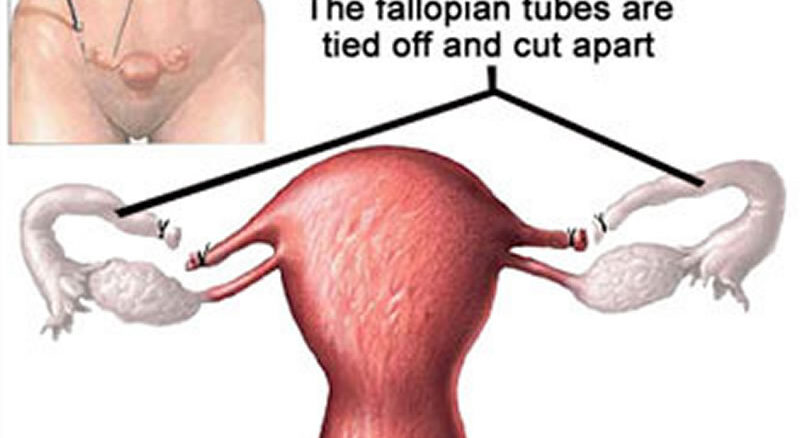For women who have completed their family and do not want more children, laparoscopic tubal ligation is a useful procedure. This procedure ensures the tubes are ligated/blocked, hence preventing pregnancy by ensuring the sperm and eggs do not meet. It is a permanent female method of family planning and can be carried out at any time. It is potentially non-reversible.
Criteria for tubal ligation include the following:
- Women above 35 years who have completed family size
- The woman has to be in a stable relationship
- She would have been counselled that there are other reversible methods of family planning
What to expect
Women going for tubal ligation need to understand that after the procedure they will not be able to achieve a pregnancy. 2 small incisions will be made on the abdomen and a telescope inserted into the abdomen. The tubes will be ligated using energy sources or an occlusive device.
How to prepare for the procedure
Your doctor will counsel you before the procedure and you will need to give informed consent before the procedure. He would counsel you on the procedure and risks involved. He will ensure you are not pregnant before the procedure. The night before the procedure you will be told not to take any meals from midnight. The anaesthetist would review you and ask questions to assess your risk for anaesthesia. On the morning of the procedure, you can take a shower before you are wheeled into the theatre.
DIAGNOSTIC LAPAROSCOPY AND DYE TEST
A laparoscopy and dye test is an operative procedure to look at your internal organs usually the fallopian tube. A blue dye is pushed through the vaginal and the fallopian tube checked to see if the fluid flowed out through the other end of the tube. Occasionally minor surgeries like adhesiolysis can be carried out during the procedure.
It is commonly used in women with fertility challenges.
It is usually indicated for the following conditions:
- A suspected case of ovarian cyst
- A suspected case of endometriosis
- Suspected tubal blockage
- Suspected uterine fibroid
WHAT TO EXPECT
Women going for laparoscopy and dye test need to understand that the procedure is for diagnostic purposes and is a way of finding out problems within the abdominal or pelvic region. 2 small incisions will be made on the abdomen and a telescope inserted into the abdomen. The whole abdominal and pelvic cavity will be examined for any abnormal changes.
HOW TO PREPARE FOR PROCEDURE
Your doctor will counsel you before the procedure and you will need to give informed consent before the procedure. He would counsel you on the procedure and risks involved. The night before the procedure you will be told not to take any meals from midnight. The anaesthetist would review you and ask questions to assess your risk for anaesthesia. On the morning of the procedure, you can take a shower before you are wheeled into the theatre.
Usually, the procedure lasts between 10 – 20 minutes and then you will be discharged once you have fully recovered from the effect of anaesthesia.

